Home run: David Ireland’s longtime home reopens as the artist’s foundation
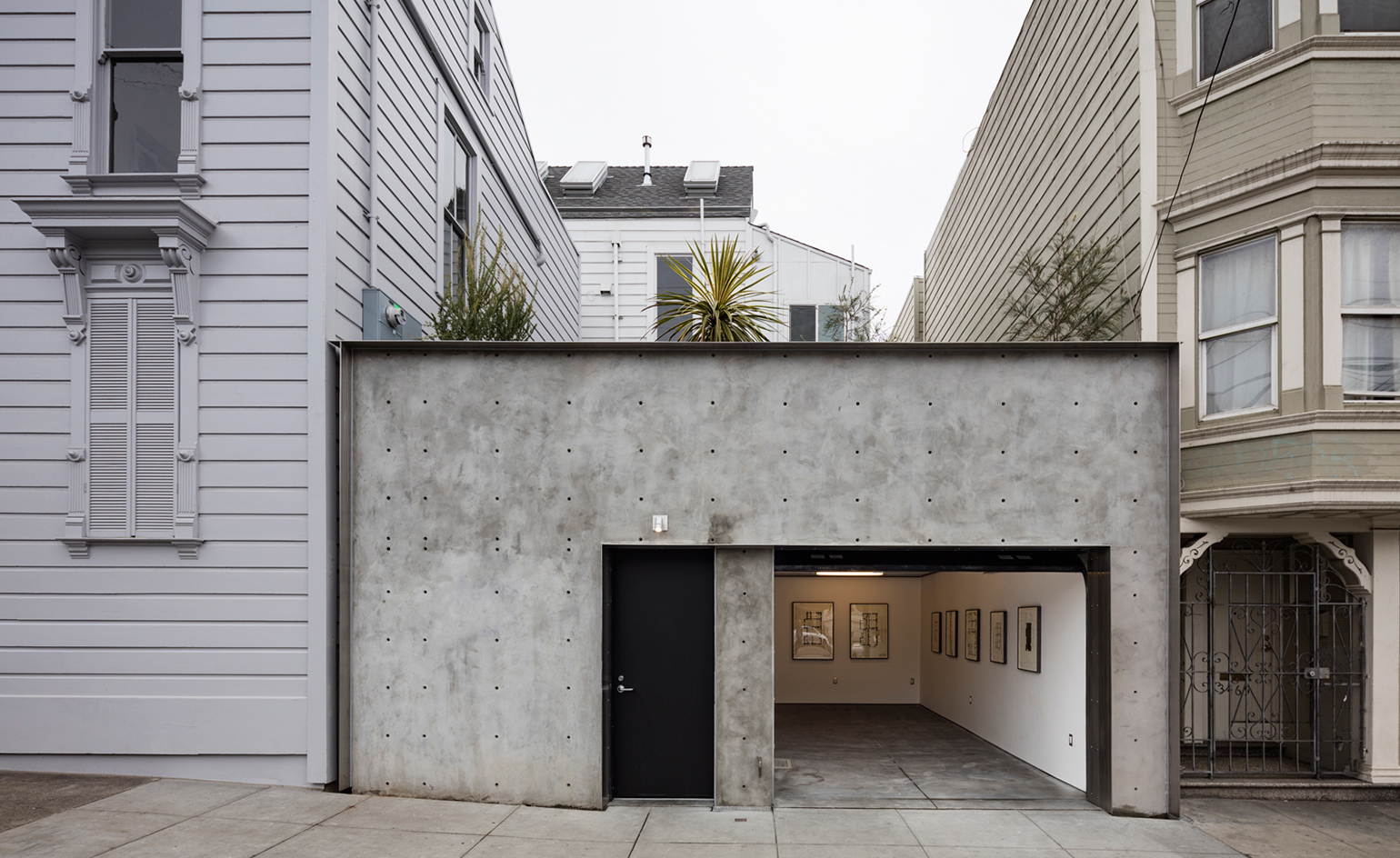
While the masses descended upon Fort Mason for the third installment of the FOG Design+Art fair last weekend, a decidedly quieter, more limited crowd headed to San Francisco’s Mission District for the opening of 500 Capp Street, also known as the home of the late, beloved Bay Area artist David Ireland.
After returning home from travels in the Far East in 1975, Ireland, who earned an MFA from and taught at the San Francisco Art Institute, purchased 500 Capp (previously home to an accordion-maker) for $50,000. He then began a 30-month renovation project that transformed the non-descript space into a home and studio, as well as a living Gesamtkunstwerk filled with art crafted from the objects left behind by the former tenant. These included everything from old wooden dining chairs fitted with issues of the San Francisco Chronicle for cushions and mason jar portraits made with all sorts of bric-a-brac, to cement and wire sculptures, and his famed late 1970s junk dada masterpiece, Broom Collection with Boom, hewn from 18 multi-colored sweeps and now in the collection of SF MoMA.
Over the course of four decades in the home, Ireland famously varnished the walls to the point of amberising them and managed to excavate the clay in the basement — for his gold mine/grotto —to a depth that left the foundation teetering in place by a few shims or four-by-fours, while the staircase was chockful of sediment.
‘Structurally, it was in an incredibly precarious position and luckily [in] that part of town – and specifically where David’s house was – there was more solid ground. It’s a miracle it survived the 1989 earthquake,’ says Carlie Wilmans, who purchased the home eight years ago and saved it from certain destruction at the hands of developers by securing its structural integrity and turning it into the 500 Capp Street Foundation.
‘The decision to purchase the house was an impulsive one,’ admits Wilmans, who is a board member of SF MoMA, but did not know much of Ireland’s work aside from a mid-80s residency he did at the Headlands Center for the Arts. But in December of 2007, Ireland’s Broom... sculpture was being presented to the SF MoMA board for acquisition. ‘By that time David and his friends had exhausted all of their efforts to get the house either set up as a foundation or as an annex of a museum, all his efforts had failed.’
Having moved out of the home in 2005 due to his deteriorating health, Ireland was under the gun to get it sold to the right buyer before tax codes forced him to sell it on the open market. As luck would have it, just one week before it went up for sale in early 2008, Wilmans happened to be discussing the space with Ann Hatch, the chairman of the California College of the Arts, and agreed to buy the place and figure out a plan to save it.
‘I had never met David before I purchased the house but we met [there] half a dozen times before he died,’ says Wilmans, who would follow the artist as he ambled around the space, and told stories about the various installations, projects and dinner parties that transpired there. ‘He didn’t give me any instructions for what to do with the house. All the suggestions I received came from his friends.’
After eight years of delicate negotiations with the city and the building itself, Ireland’s newly refurbished wunderkammer jewel box is open for visitors, who will be received in groups of eight by local artist docents — each of whom made their own mason jar portrait as an exercise to familiarise themselves with Ireland’s practice.
Once inside 500 Capp Street, visitors will find a delicate curation of Ireland’s sculptures (including the brooms, which will travel back to SF MoMA for the institution’s grand re-opening in May), his beloved South China wicker chairs, placards marking the spots where a safe crashed down the stairwell (demonstrating the artist’s Duchampian embrace of the accidental in his practice), as well as a new garden and subterranean flat file archive featuring 2000 objects (many works on paper) that is accessed via elevator. While Wilmans hopes to one day digitise Ireland’s papers, currently in the collection of the Smithsonian, and have them in-house, for now she just wants people to experience the space the way the artist did when he was still in residence.
‘David would invite people over for tea and whiskey all the time and have these legendary dinner parties, but very often when it was a one-on-one visit. He would let people in the front door then immediately lead them upstairs where the two parlours were and disappear into the kitchen for 45 minutes or so – way longer than it takes to make a cup of tea,’ she explains. ‘But it was intentional. David left them in these rooms that were curated by him so they could come up with their own interpretation of what they were seeing. David was not the type of artist to lord over a visitor and explain what everything meant. It was very immersive, very experiential – very personal to every individual.’
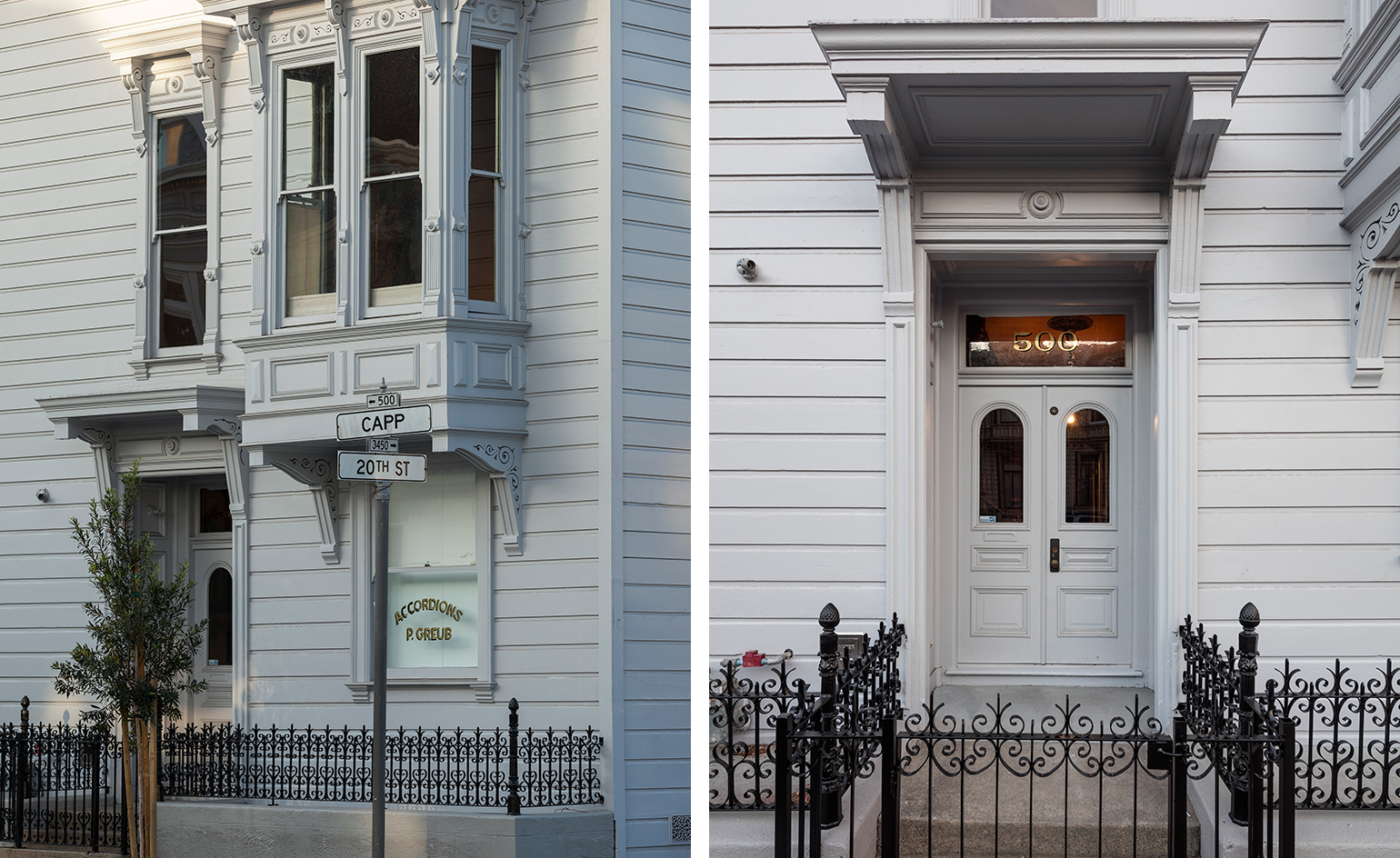
Ireland purchased 500 Capp in 1975 for $50,000 and then began a 30-month renovation project to transform the non-descript space into a home and studio, as well as a living Gestamtkunstwerk filled with art crafted from the objects left behind by the former tenant
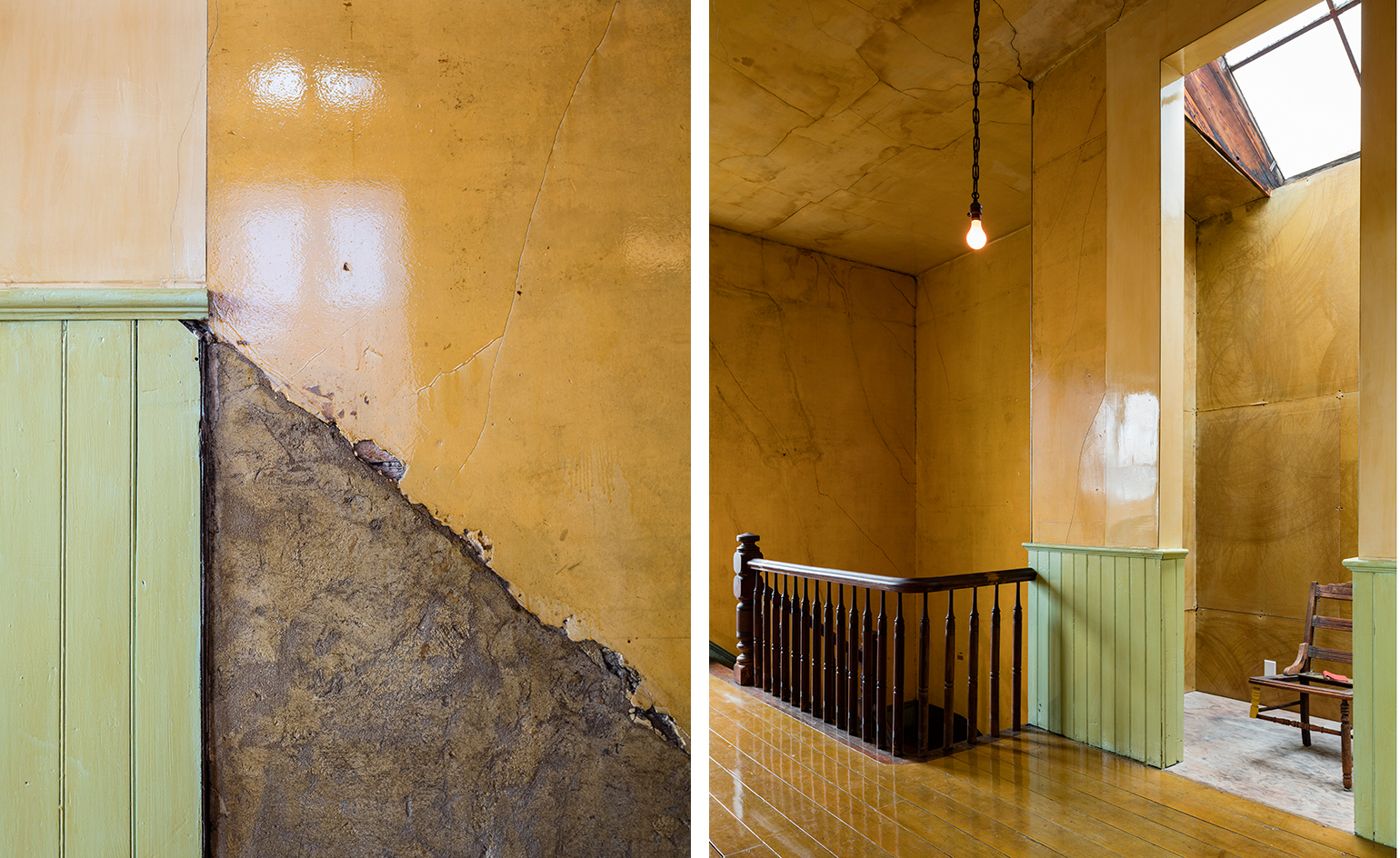
‘Structurally, it was in an incredibly precarious position and luckily that part of town and specifically where David’s house was there was more solid ground, and it’s a miracle it survived the 1989 earthquake,’ says Carlie Wilmans, the home’s current owner of eight years

Over the course of his four decades in the home, Ireland varnished the walls to the point of amberising them
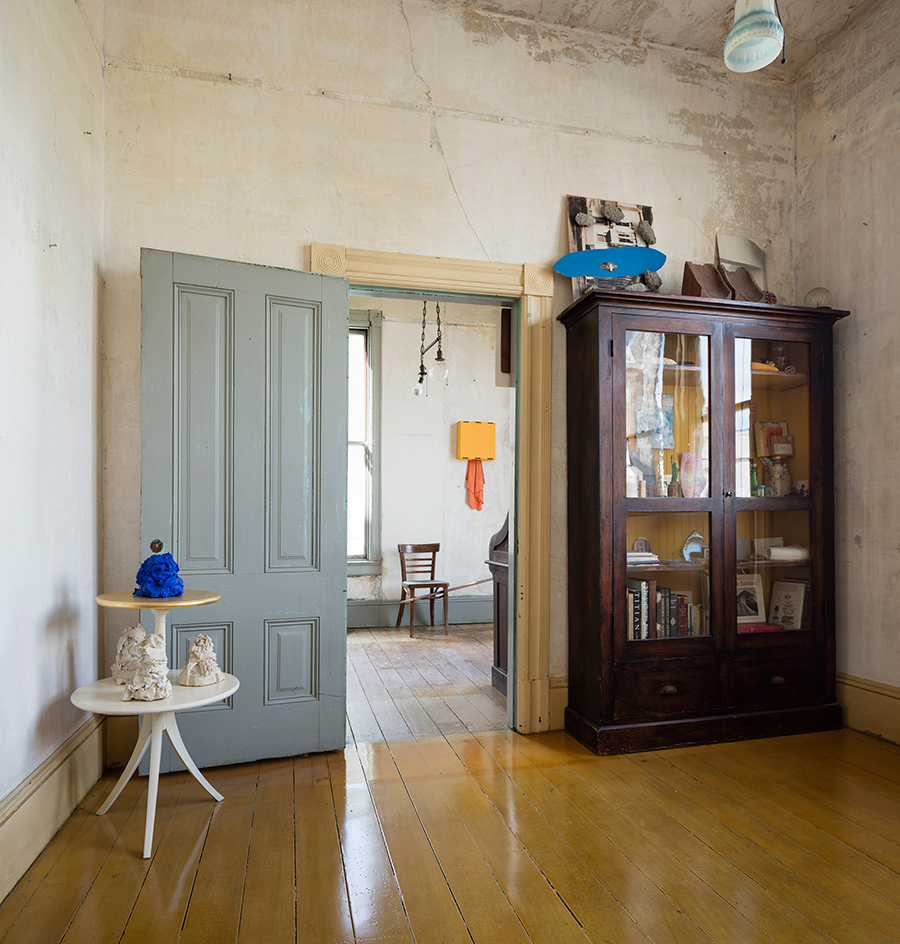
A view of the upstairs guestroom, filled with everything from old wooden dining chairs fitted with issues of the San Francisco Chronicle for cushions to mason jar portraits made with all sorts of bric-a-brac
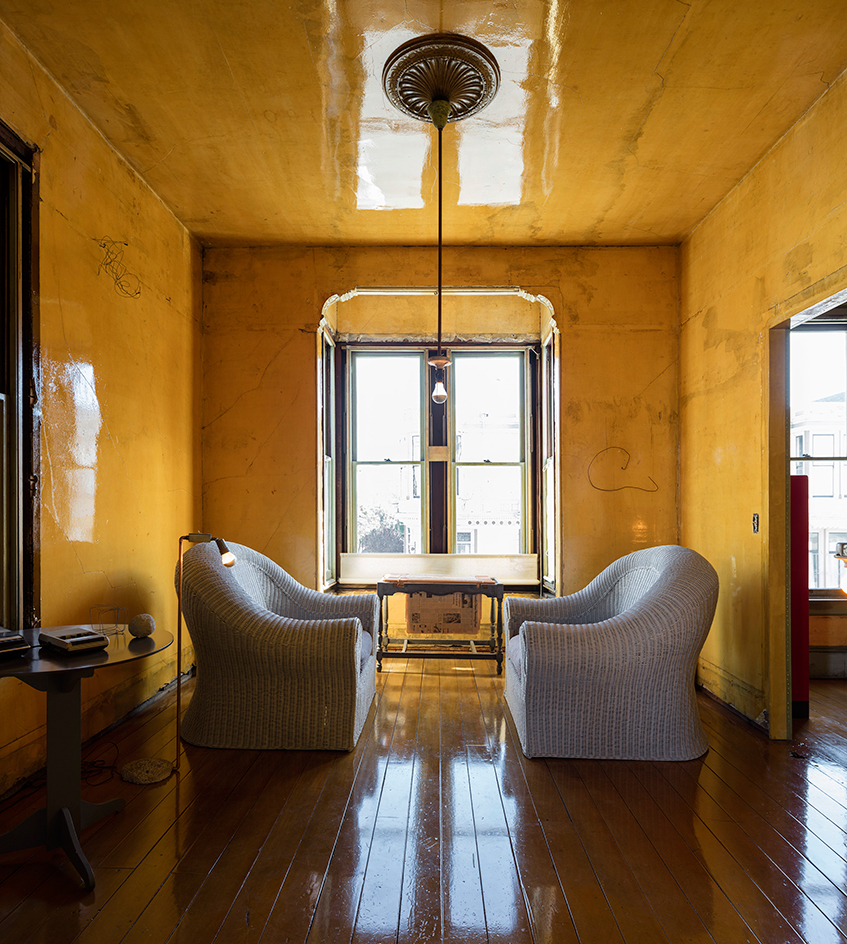
The house’s upstairs front parlour
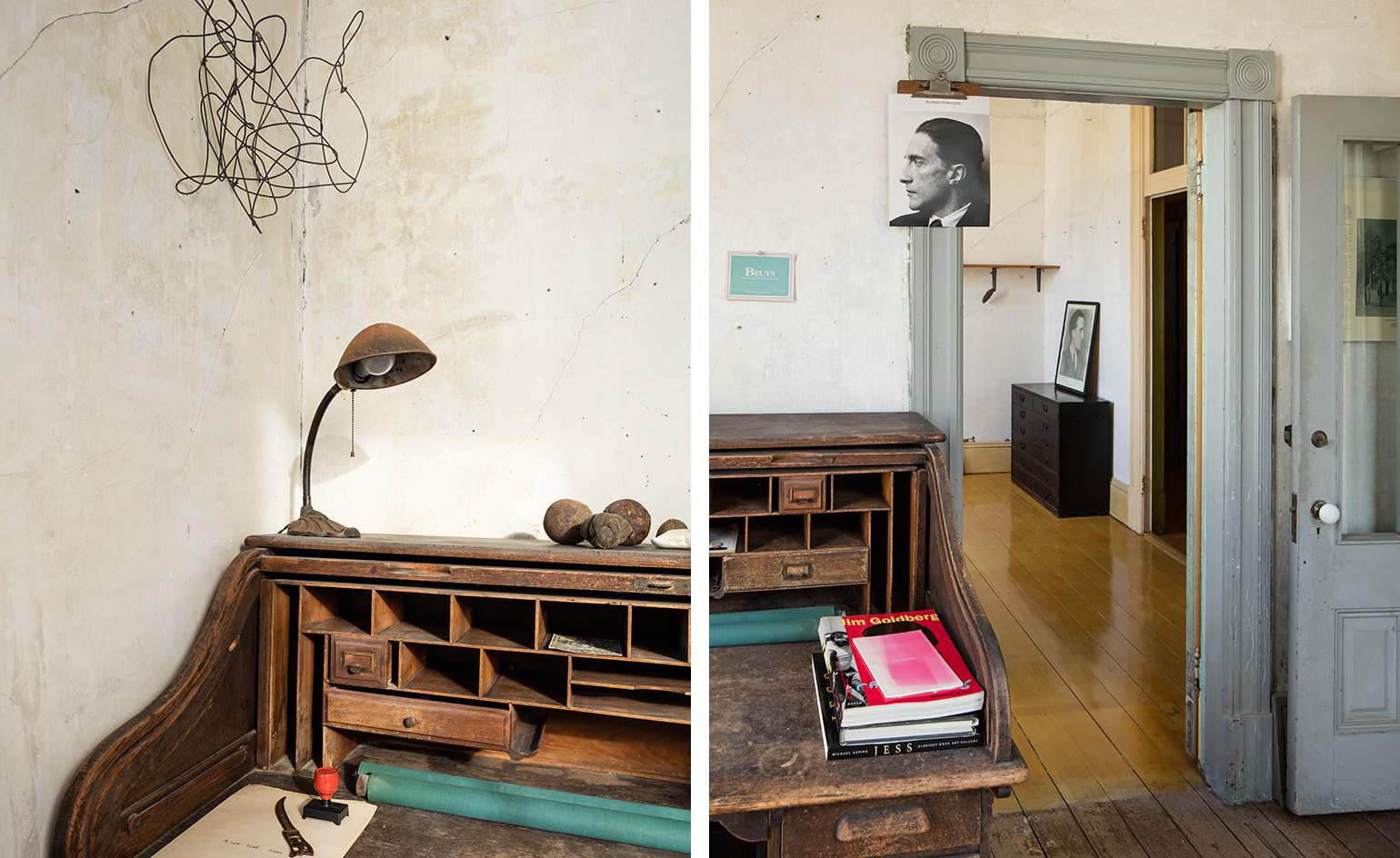
A view of the upstairs study, which includes a wire sculpture made by Ireland
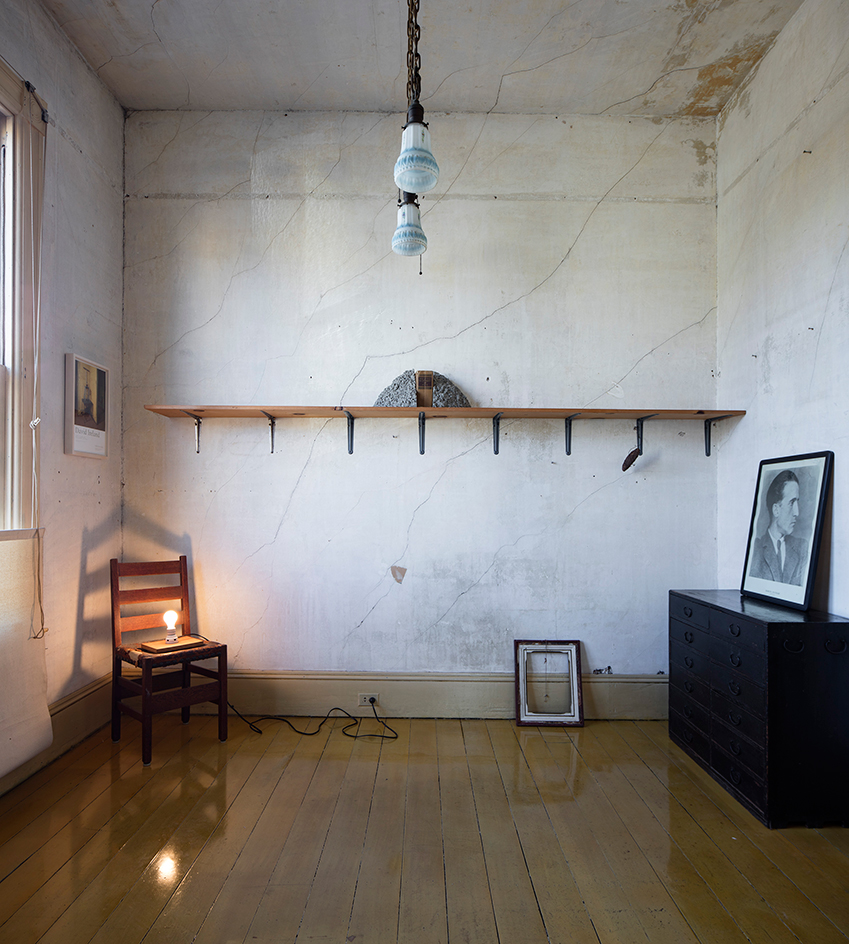
’David [would leave guests] in these rooms that were curated by him so they could come up with their own interpretation of what they were seeing. David was not the type of artist to lord over a visitor and explain what everything meant. It was very immersive, very experiential – very personal to every individual,’ says Wilmans
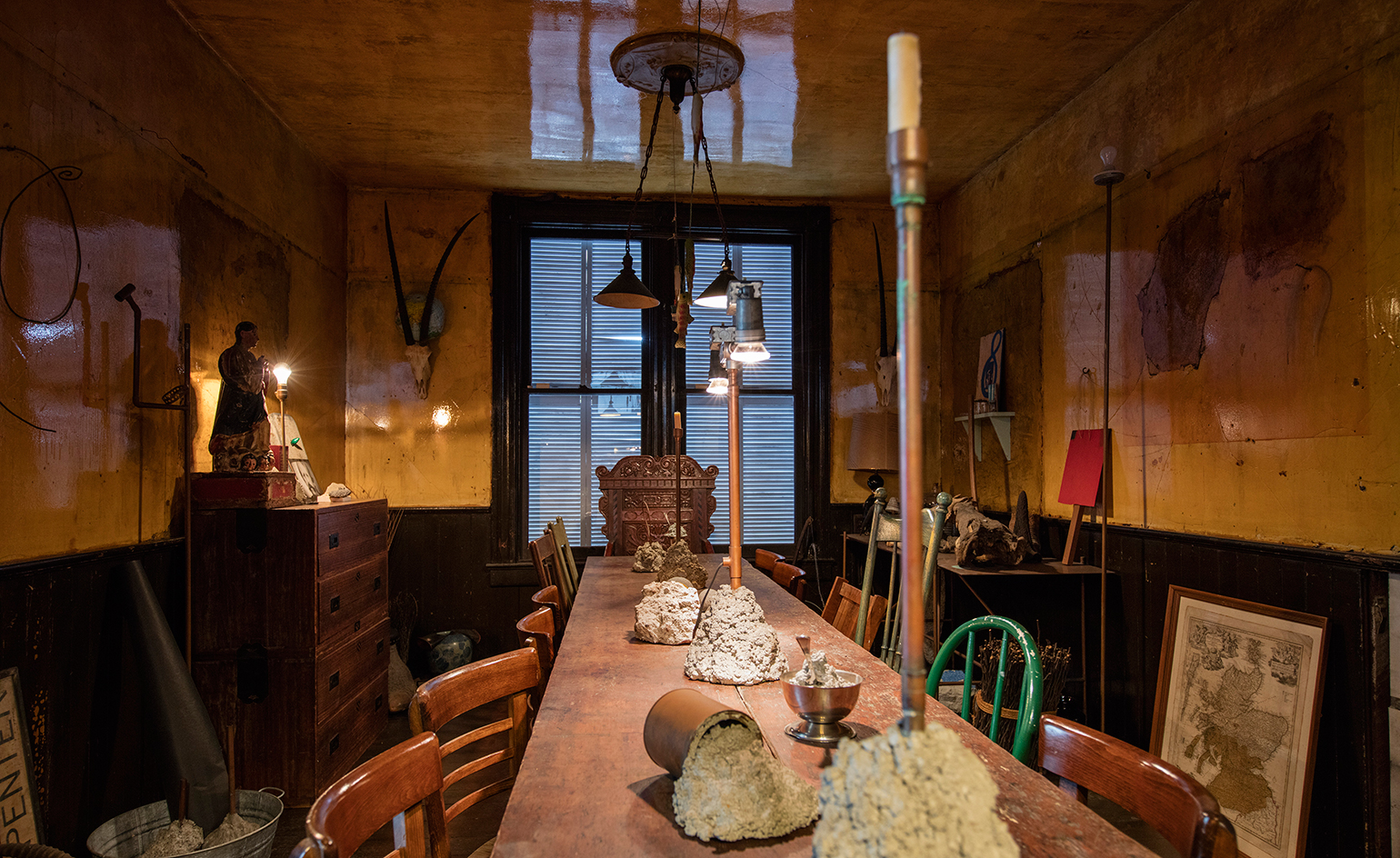
The newly refurbished wunderkammer jewel box is open for visitors, who will be received in groups of eight by local artist docents. Pictured: the house’s dining room
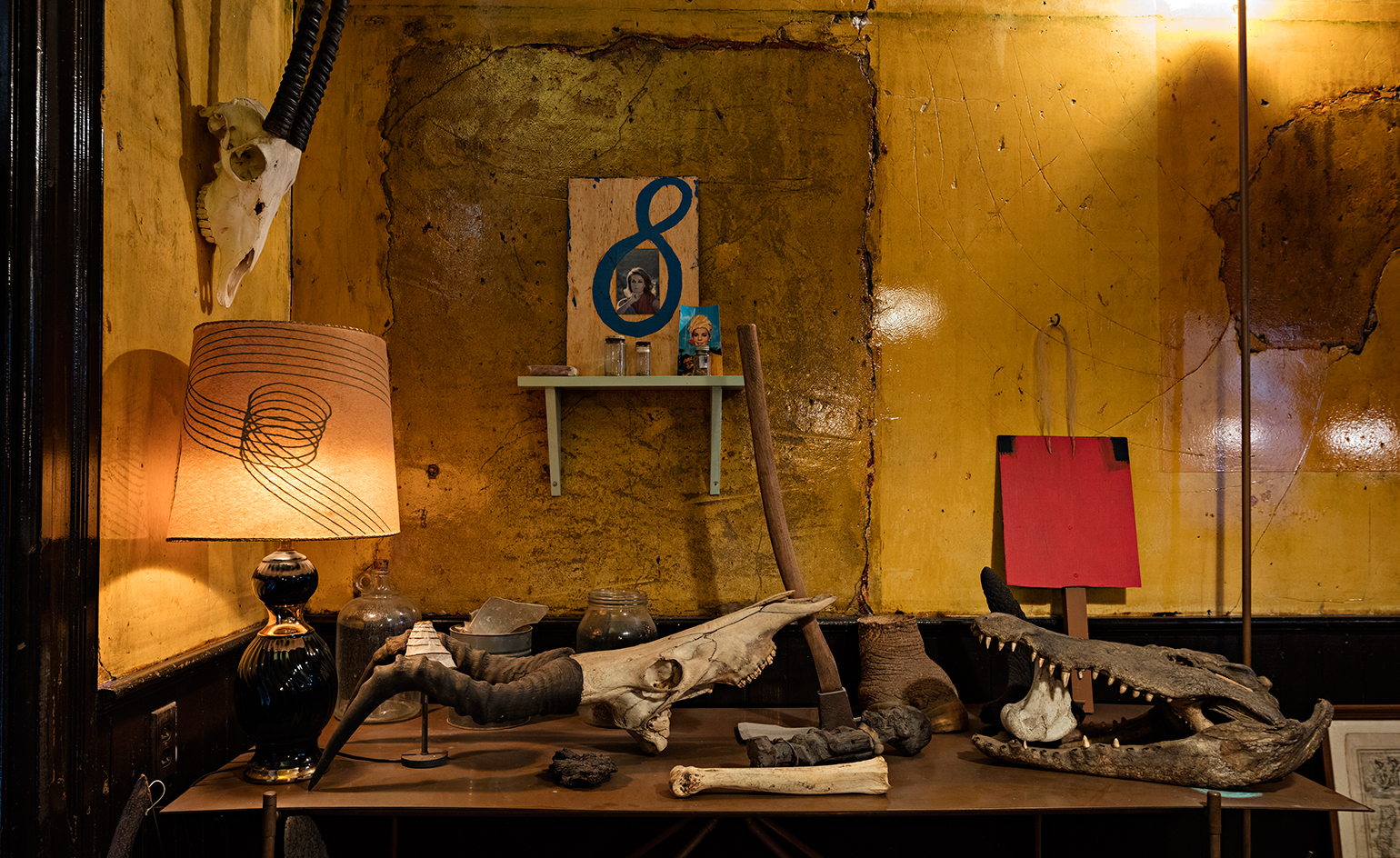
In addition to Ireland’s sculptures, his beloved South China wicker chairs and placards marking the spots where a safe crashed down the stairwell, there is also a new garden and subterranean flat file archive featuring 2000 objects (many works on paper) that is accessed via elevator
INFORMATION
500 Capp Street Foundation is now open. For more details, visit the website
Photography: Henrik Kamm
ADDRESS
500 Capp Street Foundation
500 Capp Street
San Francisco, CA 94110
Receive our daily digest of inspiration, escapism and design stories from around the world direct to your inbox.
-
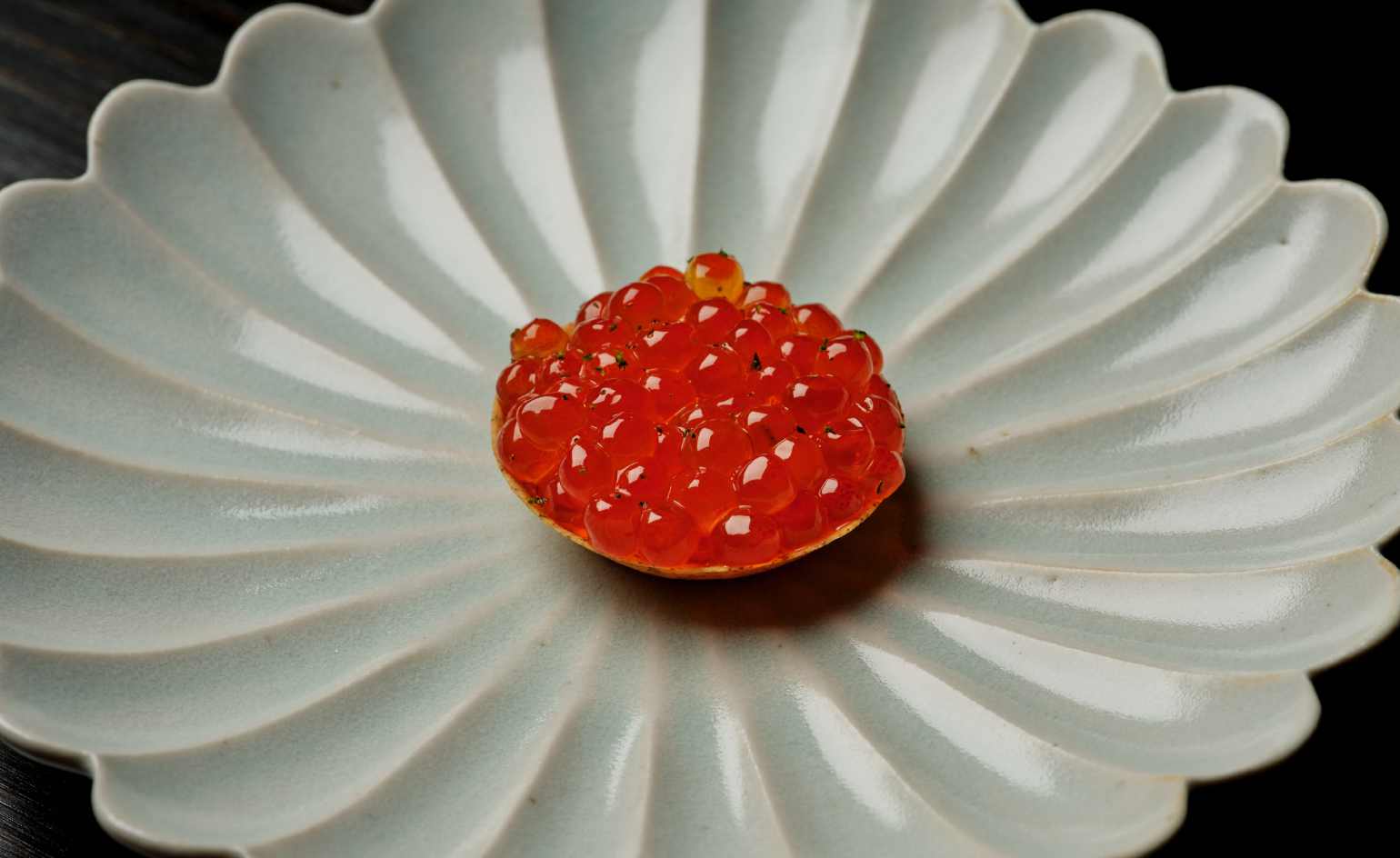 This cult Los Angeles pop-up restaurant now has a permanent address
This cult Los Angeles pop-up restaurant now has a permanent addressChef Brian Baik’s Corridor 109 makes its permanent debut in Melrose Hill. No surprise, it's now one of the hardest tables in town to book
-
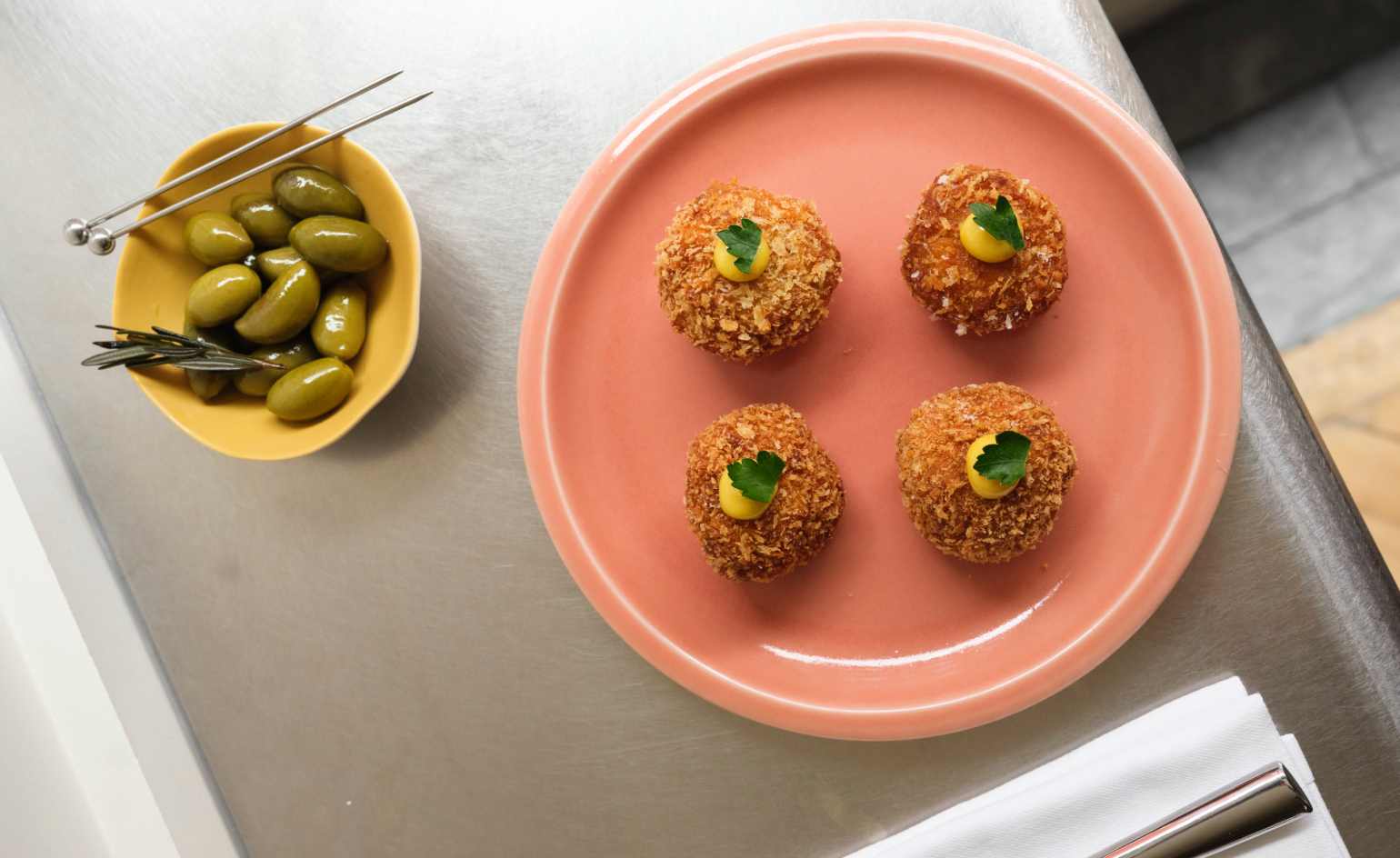 French bistro restaurant Maset channels the ease of the Mediterranean in London
French bistro restaurant Maset channels the ease of the Mediterranean in LondonThis Marylebone restaurant is shaped by the coastal flavours, materials and rhythms of southern France
-
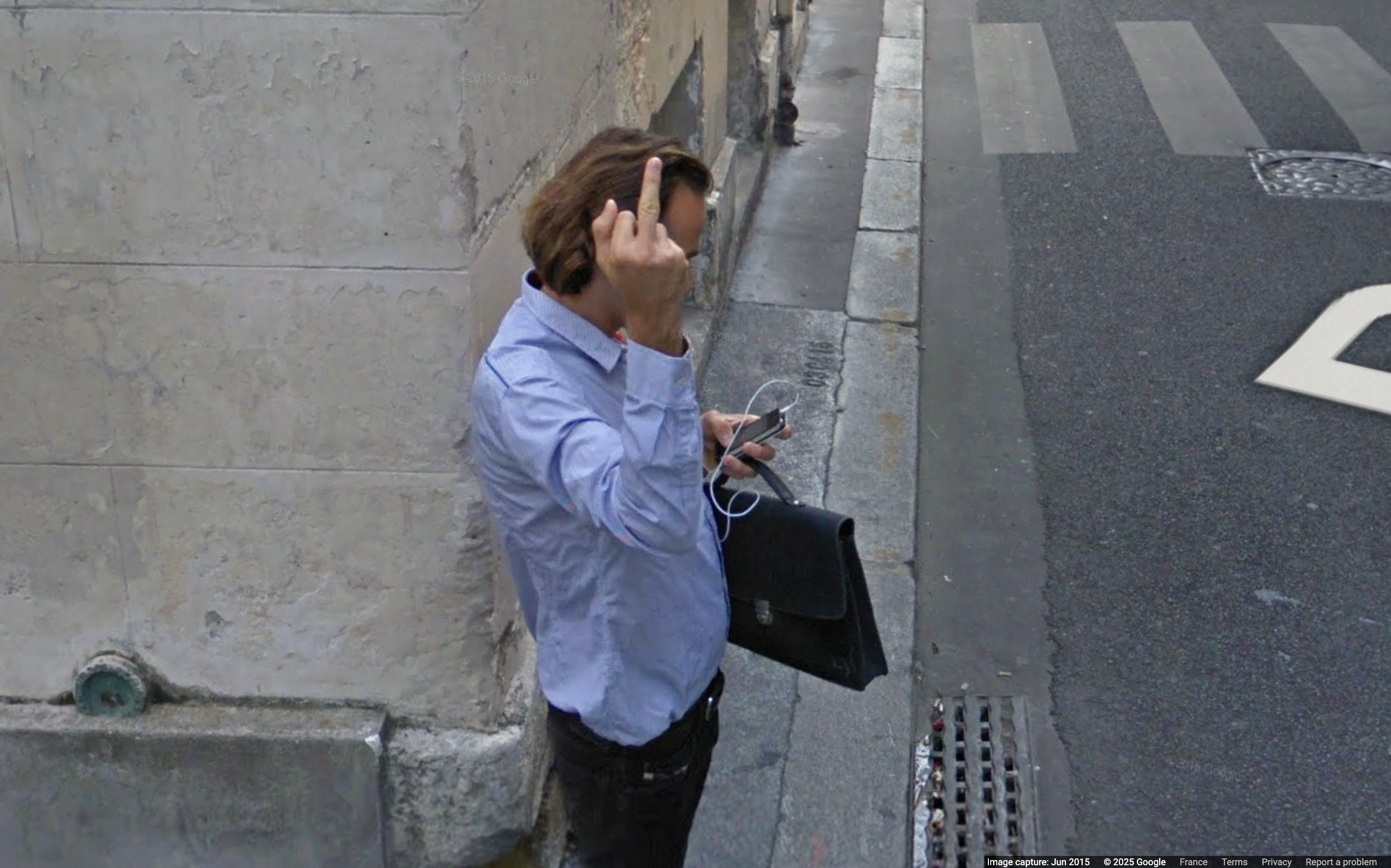 How ethical is Google Street View, asks Jon Rafman in Copenhagen
How ethical is Google Street View, asks Jon Rafman in CopenhagenIn 'Report a Concern - the Nine Eyes Archives' at Louisiana Museum of Art, Copenhagen, Jon Rafman considers technology's existential implications
-
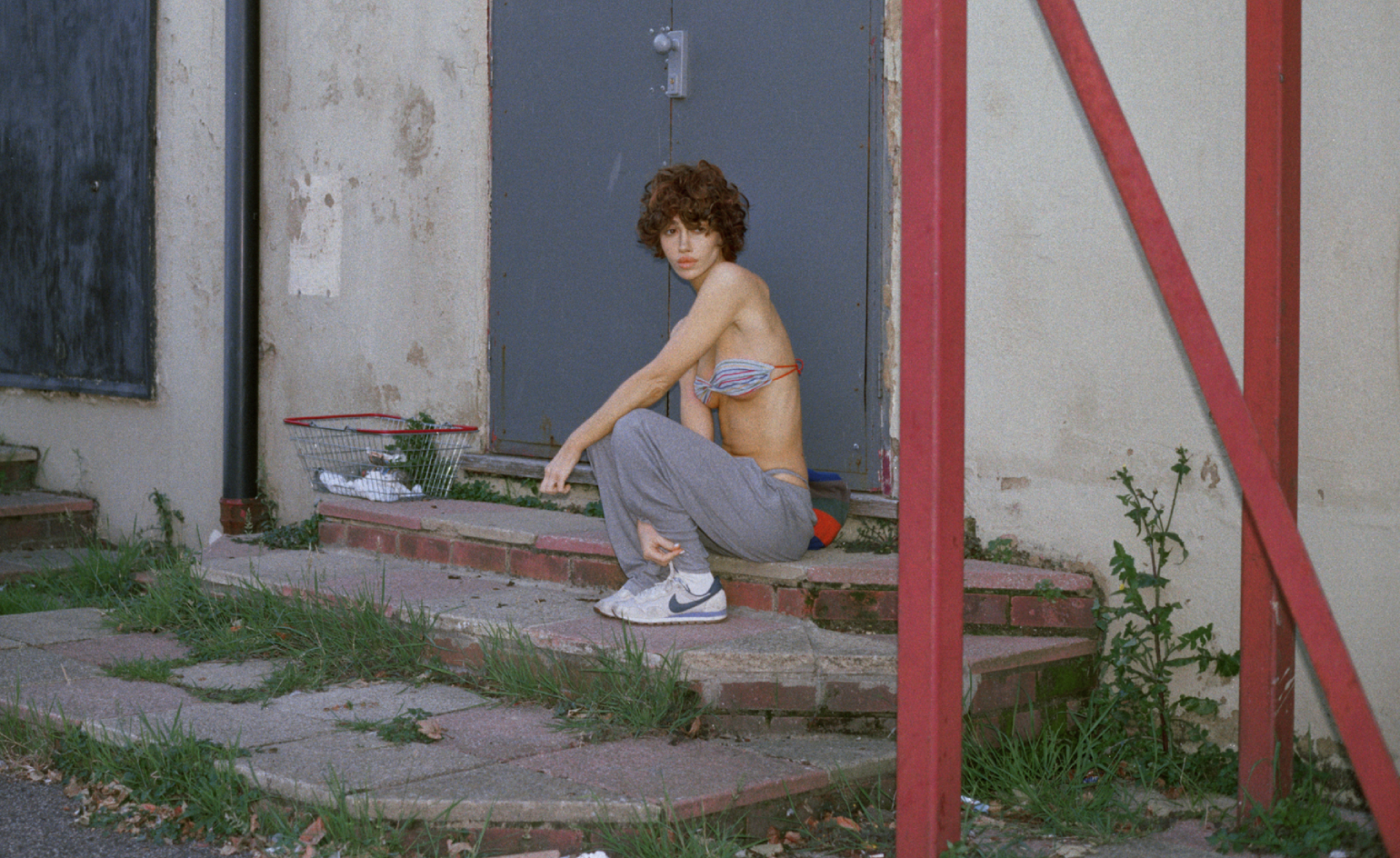 Nadia Lee Cohen distils a distant American memory into an unflinching new photo book
Nadia Lee Cohen distils a distant American memory into an unflinching new photo book‘Holy Ohio’ documents the British photographer and filmmaker’s personal journey as she reconnects with distant family and her earliest American memories
-
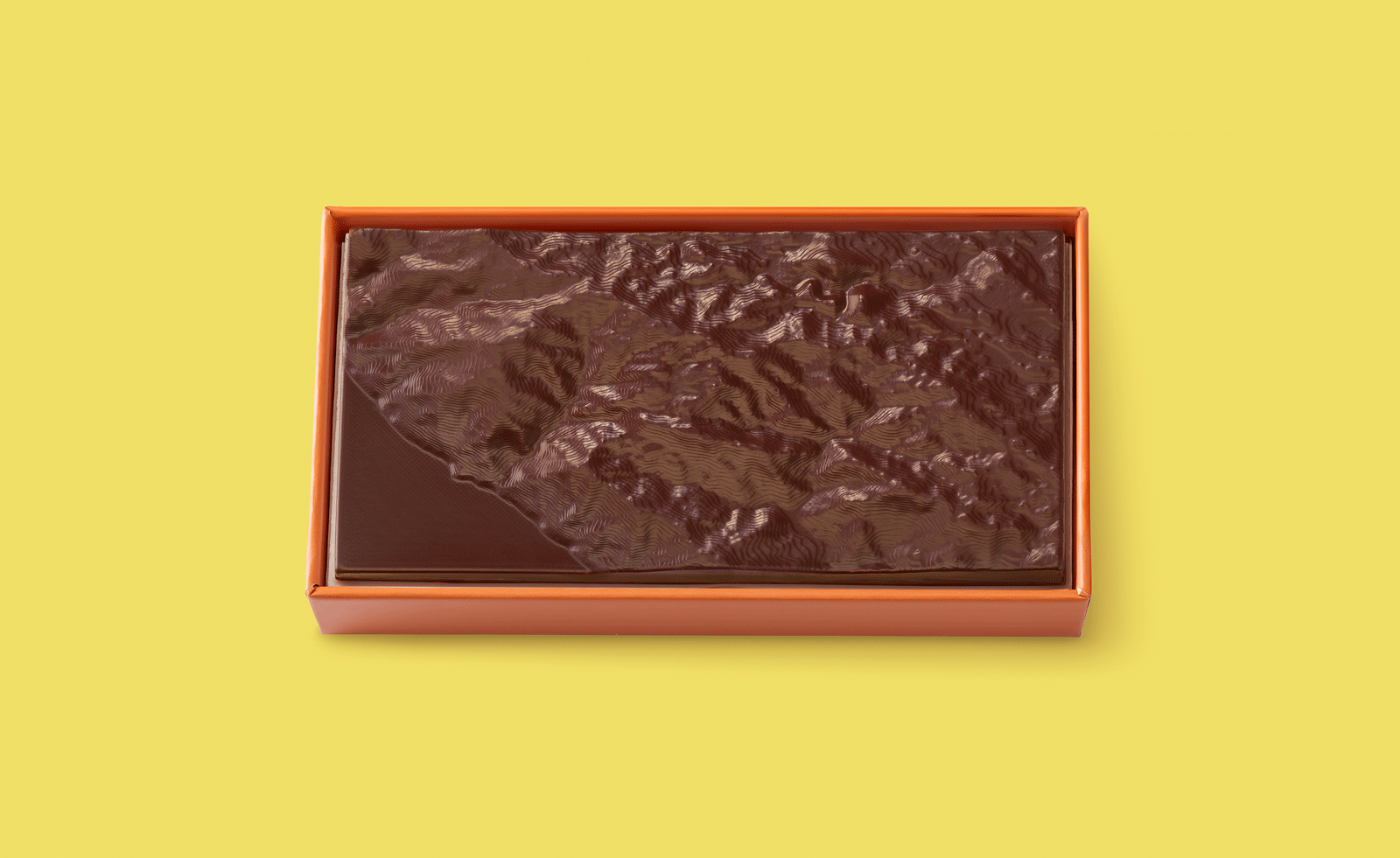 Ed Ruscha’s foray into chocolate is sweet, smart and very American
Ed Ruscha’s foray into chocolate is sweet, smart and very AmericanArt and chocolate combine deliciously in ‘Made in California’, a project from the artist with andSons Chocolatiers
-
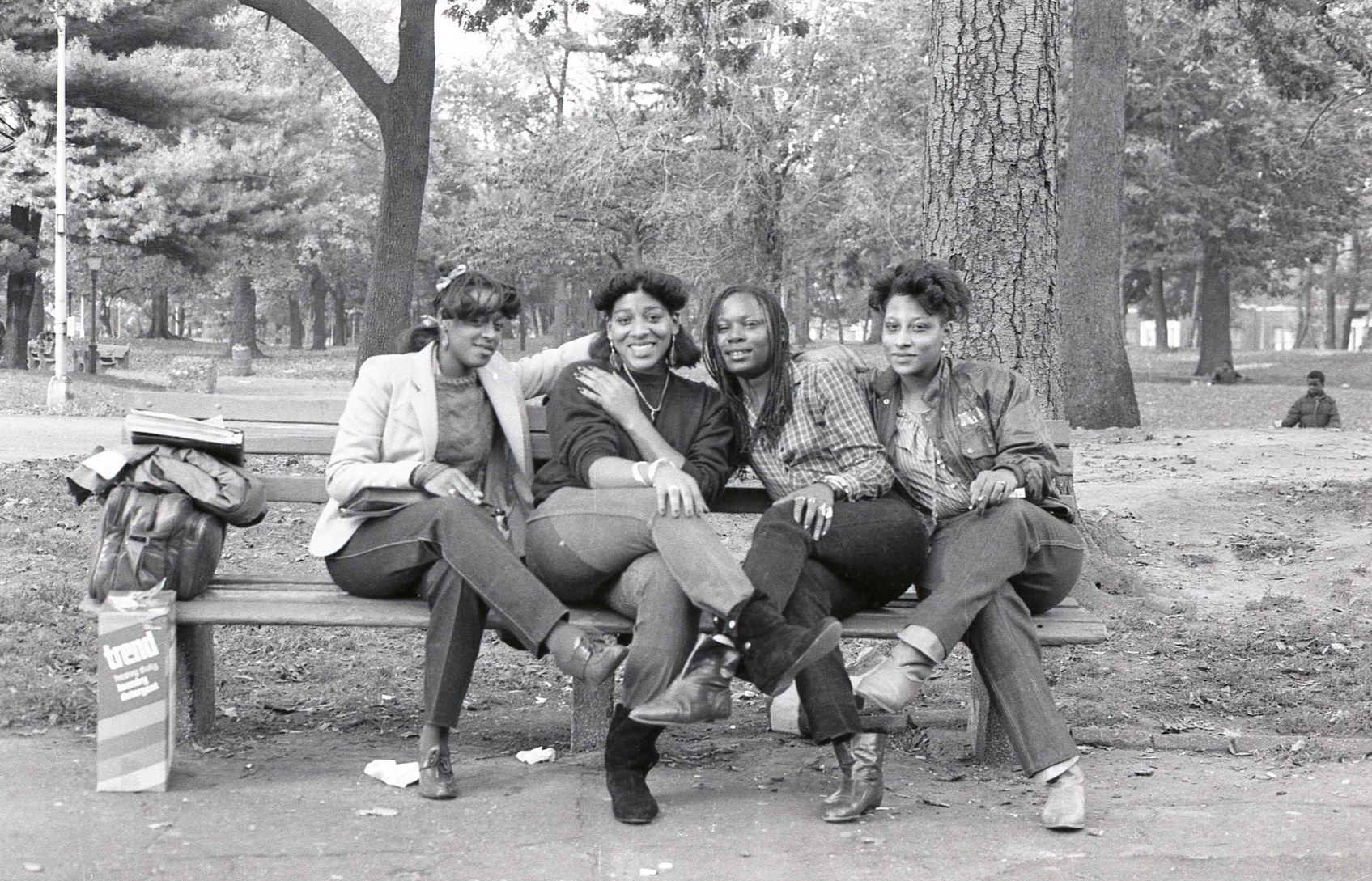 Jamel Shabazz’s photographs are a love letter to Prospect Park
Jamel Shabazz’s photographs are a love letter to Prospect ParkIn a new book, ‘Prospect Park: Photographs of a Brooklyn Oasis, 1980 to 2025’, Jamel Shabazz discovers a warmer side of human nature
-
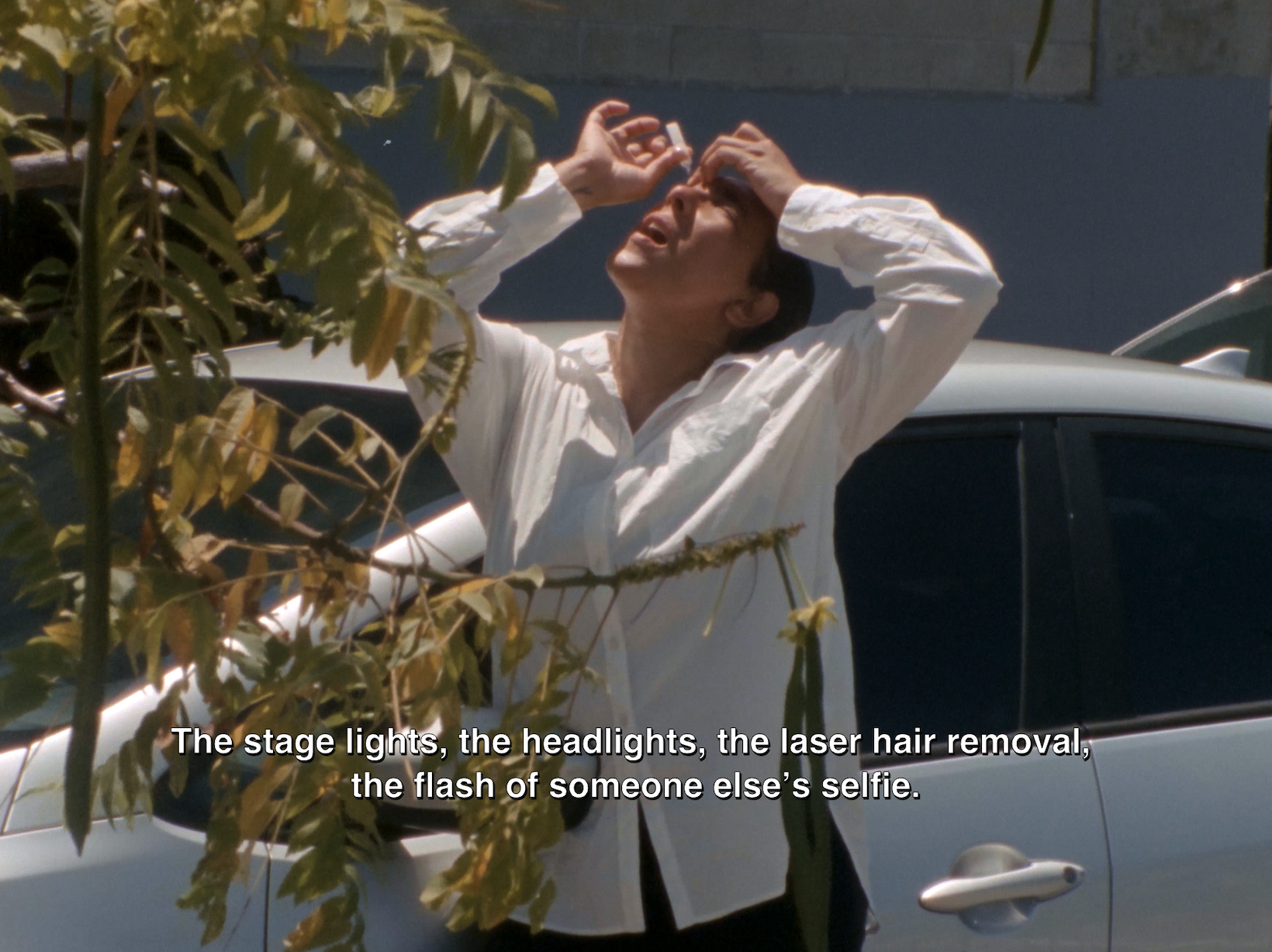 The Hammer Museum in Los Angeles launches the seventh iteration of its highly anticipated artist biennial
The Hammer Museum in Los Angeles launches the seventh iteration of its highly anticipated artist biennialOne of the gallery's flagship exhibitions, Made in LA showcases the breadth and depth of the city's contemporary art scene
-
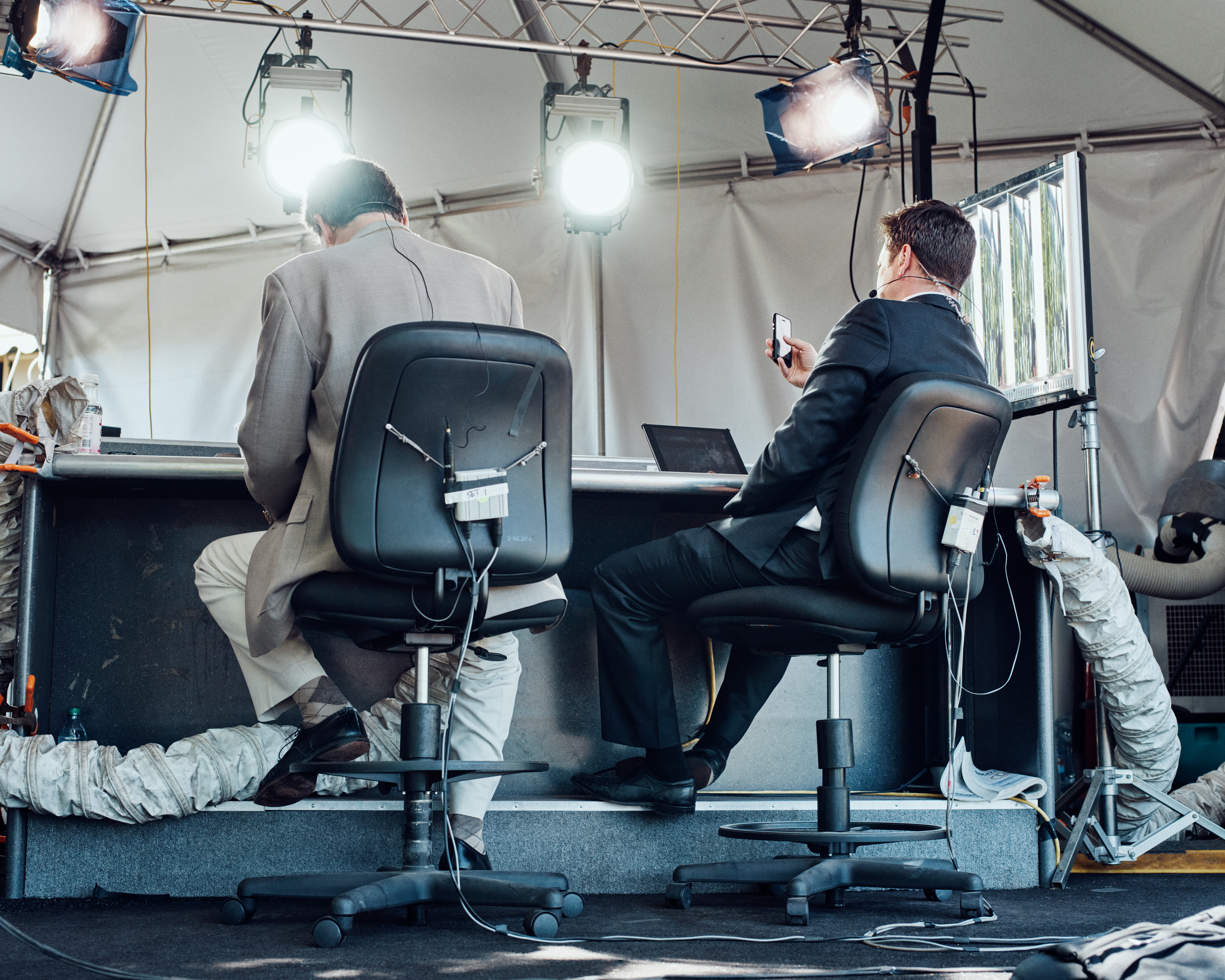 Thomas Prior’s photography captures the uncanny fragility of American life
Thomas Prior’s photography captures the uncanny fragility of American lifeA new book unites two decades of the photographer’s piercing, uneasy work
-
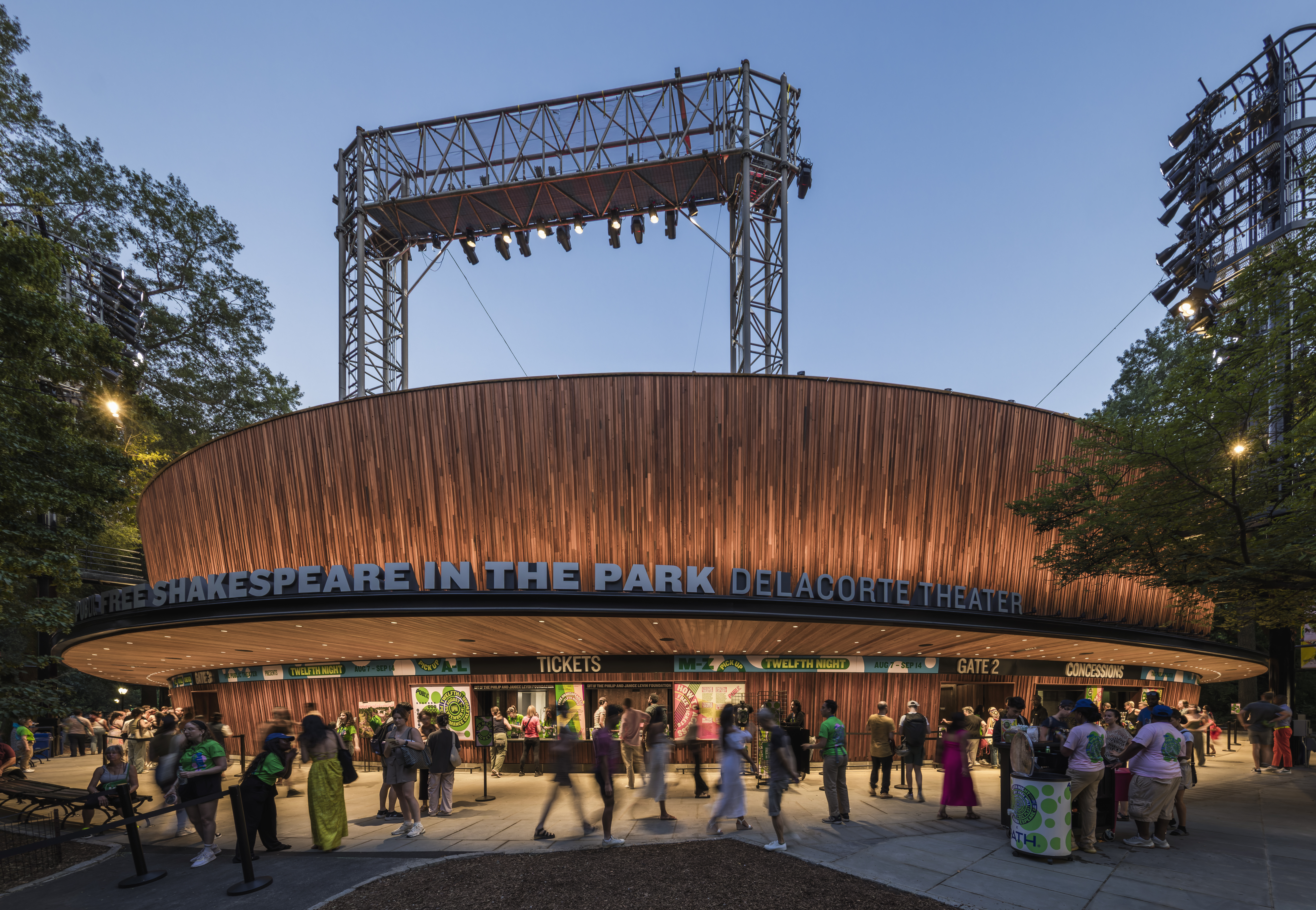 Central Park’s revitalised Delacorte Theater gears up for a new future
Central Park’s revitalised Delacorte Theater gears up for a new futureEnnead Architects helmed an ambitious renovation process that has given the New York City cultural landmark a vibrant and more accessible future
-
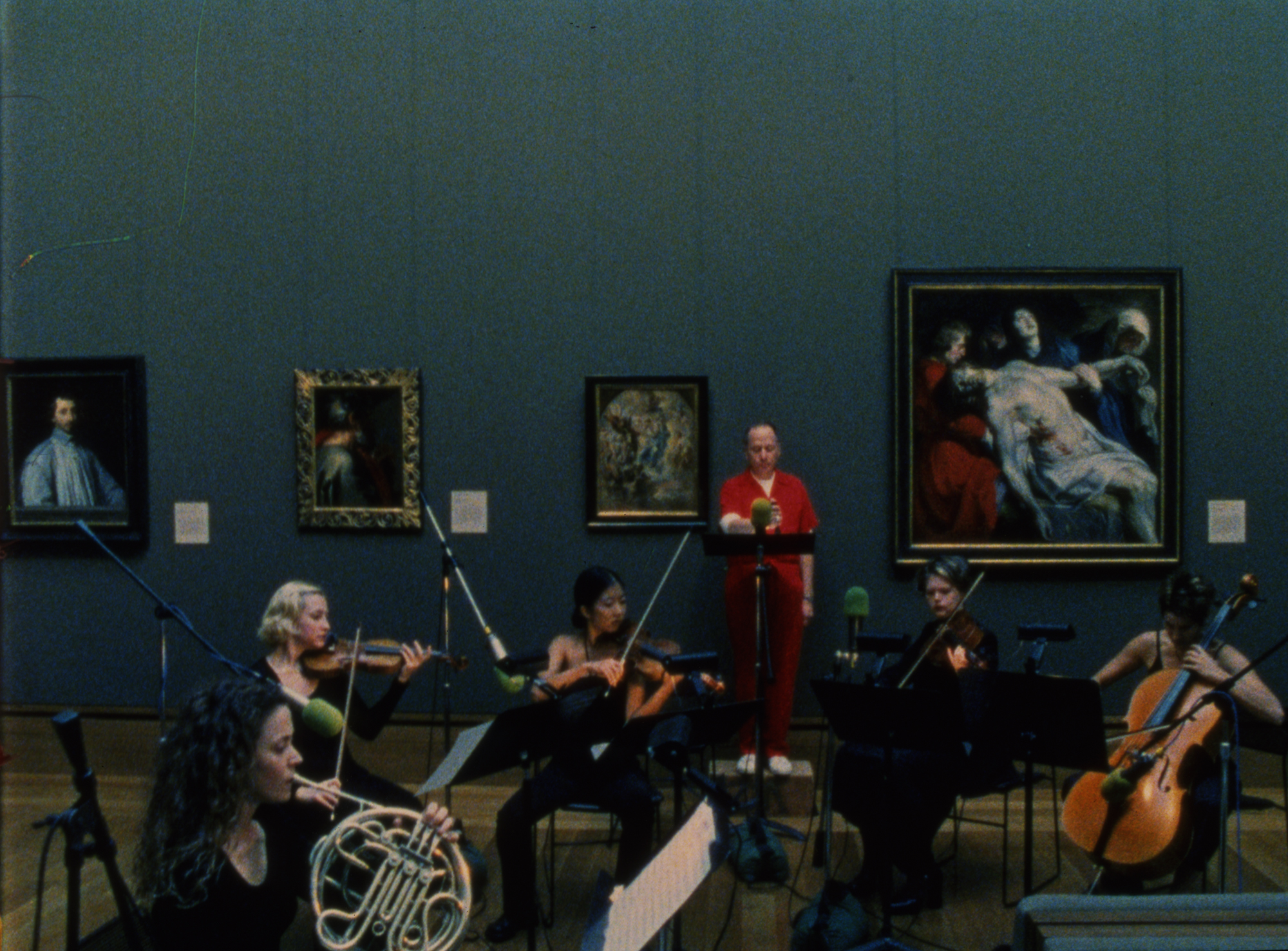 Stephen Prina borrows from pop, classical and modern music: now MoMA pays tribute to his performance work
Stephen Prina borrows from pop, classical and modern music: now MoMA pays tribute to his performance work‘Stephen Prina: A Lick and a Promise’ recalls the artist, musician, and composer’s performances, and is presented throughout MoMA. Prina tells us more
-
 Curtains up, Kid Harpoon rethinks the sound of Broadway production ‘Art’
Curtains up, Kid Harpoon rethinks the sound of Broadway production ‘Art’He’s crafted hits with Harry Styles and Miley Cyrus; now songwriter and producer Kid Harpoon (aka Tom Hull) tells us about composing the music for the new, all-star Broadway revival of Yasmina Reza’s play ‘Art’